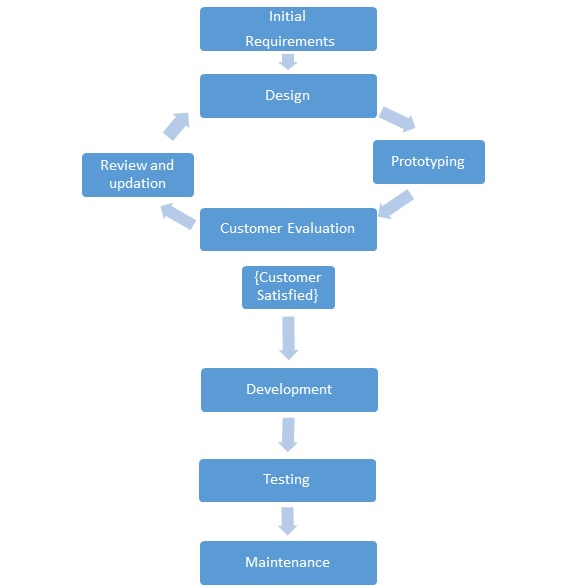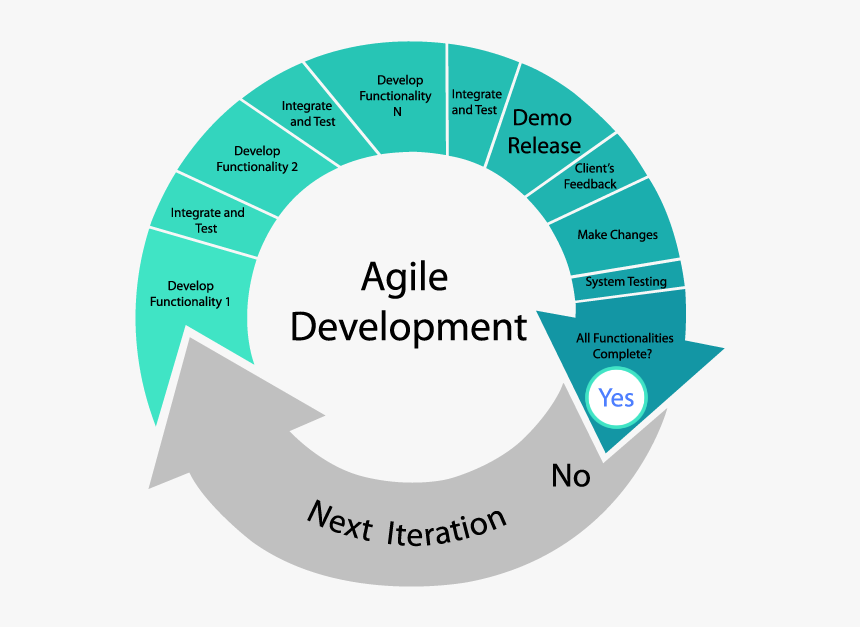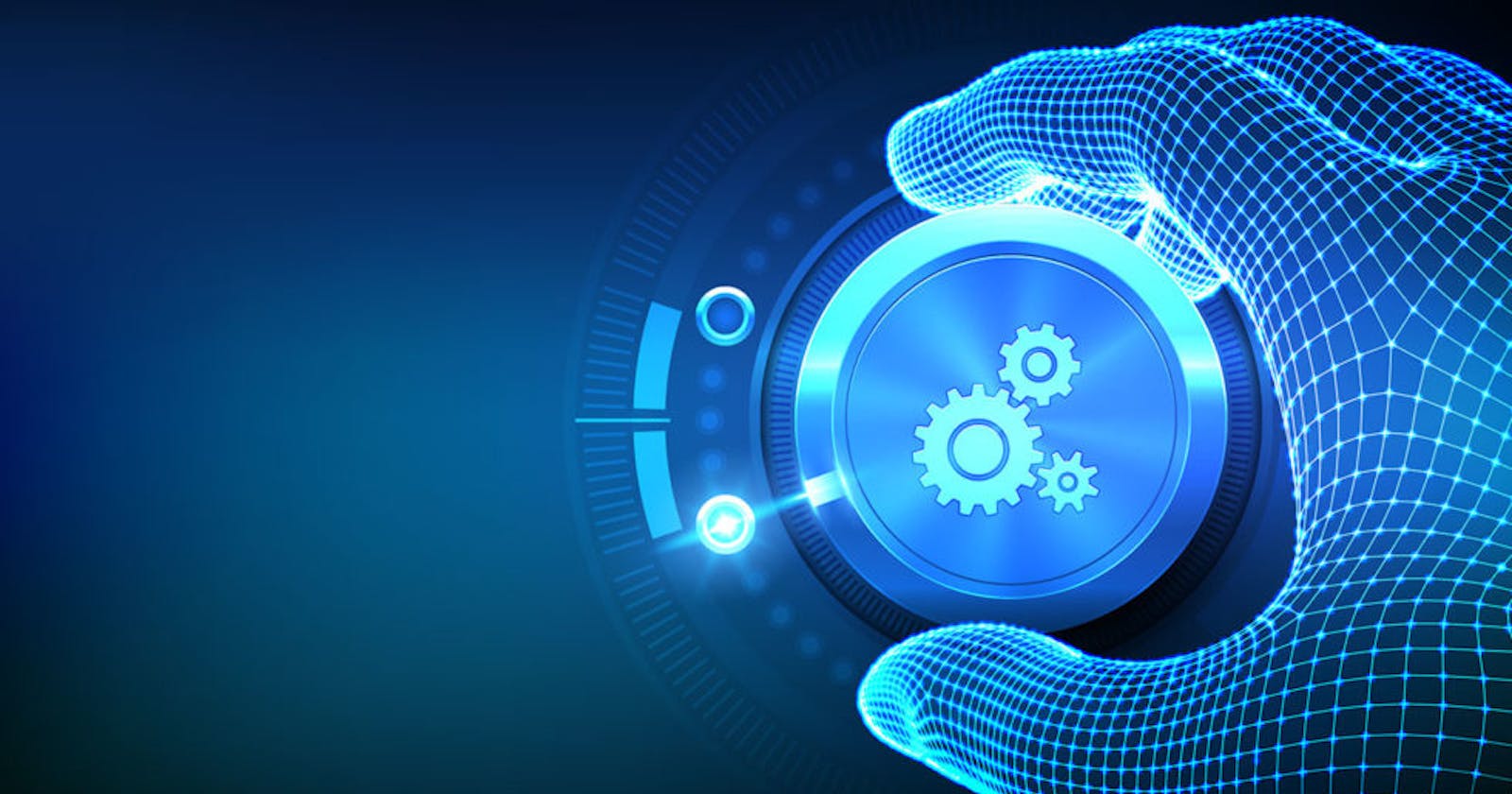Software Development LifeCycle (SDLC)
Software Development LifeCycle is a process that defines the various stages of software development in order to deliver a high-quality product. SDLC stages cover the entire life cycle of a software product, from creation to retirement.
Purpose
Purpose of SDLC is to deliver a high-quality product which is as per the customer’s requirement.
The framework covers the entire cycle of development, including all the tasks needed to plan, build, test, and deploy the software.
Using an SDLC can help developers better understand the software development process and guide the team through developing new software.
SDLC Cycle
SDLC Cycle represents the process of developing software.
Below is the diagrammatic representation of the SDLC cycle:
SDLC Phases
The specific phases of the SDLC can vary depending on the framework used by a business or development team. However, most SDLC models include the following phases:
- Analysis ⇾ Determining user requirements for the software.
- Design ⇾ Planning how they’ll create software that meets those requirements.
- Implementation ⇾ Building the functional product based on user requirements and planning from the design phase.
- Testing ⇾ Testing the functionality of the product.
- Release ⇾ Making the product available to end-users.
- Maintenance ⇾ Updating the product, discussing the product with users, and ensuring the product functions correctly.
Some SDLC models may also include an ideation phase, even before the analysis phase.
Note: In practice, the divisions between these phases may not always be perfectly clean. Depending on the development team’s structure and strategy, some development phases may overlap. Other phases may recur throughout the development cycle.
Analysis
During this phase, all relevant information from the customer is gathered in order to develop a product that meets their expectations. Any uncertainties must be resolved only during this phase.
For Example: A customer wants to have an application which involves money transactions. In this case, the requirement has to be clear like what kind of transactions will be done, how it will be done, in which currency it will be done, etc.
Design
The requirements gathered are used as input in this phase, and the software architecture that will be used to implement system development is obtained.
Implementation
When the developer receives the Design document, the implementation/coding process begins. The design of the software is converted into source code. During this phase, all software components are implemented.
Testing
When the coding is finished and the modules are released for testing, the testing process begins. During this phase, the developed software is thoroughly tested, and any defects discovered are assigned to developers to be fixed.
Retesting and regression testing are carried out until the software meets the customer's expectations.
Release
Once the product is tested, it is deployed in the production environment or first UAT (User Acceptance testing) is done depending on the customer expectation.
Maintenance
After the deployment of a product on the production environment, maintenance of the product i.e. if any issue comes up and needs to be fixed, or any enhancement is to be done is taken care by the developers.
Software Development Life Cycle Models
Not everyone models the software development life cycle in the same way. Different types of SDLC models are best suited for different teams and software development projects. Let us discuss the most common SDLC models below.
Waterfall Model
Waterfall model is the very first model that is used in SDLC. It is also known as the linear sequential model.
In this model, the outcome of one phase is the input for the next phase.
Development of the next phase starts only when the previous phase is complete.

- Waterfall model is a basic model and all the other SDLC models are based on that only.
Limitations of Waterfall Model
The Waterfall approach is not iterative and is generally inflexible compared to alternatives. If developers strictly follow this approach, they won’t have much room to prototype, experiment with potential solutions, or revise work without significantly disrupting the development process.
If a client needs change during the development process—and the project’s requirements change as a result—the Waterfall approach may prevent a development team from adapting effectively. Redesign, redevelopment, and retesting may all be necessary, leading to slower and more expensive development.
Prototype Model
The prototyping model, as the name implies, includes a prototyping phase in which the development team experiments with potential software features and design strategies.
Customers, clients, or potential users then test and provide feedback on the prototypes. This feedback is incorporated into the design and requirements planning phases by the development team, which then creates new prototypes. Development resumes normally once the customer is satisfied with the prototype.

- This model improves on many of the weaknesses of the Waterfall model. It’s one of the most popular SDLCs, balancing the simplicity of the Waterfall model with some improvements that add complexity to the software development process but also help mitigate risk.
Limitations of Prototype Model
Since the customer is involved in every phase, the customer can change the requirement of the end product, which increases the complexity of the scope and may increase the delivery time of the product.
Iterative approach
With the iterative approach, the development team does not assume that the first version of their software will be deployed. Instead, the team prepares for multiple cycles of development—or software iterations—before arriving at a finished project ready for deployment.
Many iterative approaches are also incremental in nature, which means that the overall project scope is divided into smaller chunks that the team can tackle one at a time. Once completed, these smaller project chunks can be independently tested or delivered to clients for feedback, allowing the development team to learn more about what the client wants from the final project.

- The iterative approach is similar to the prototyping model, but project requirements are revised throughout the development process. Instead of having a dedicated prototyping phase where requirements may change, the team anticipates that project requirements and scope will be somewhat unstable until the project is completed and deployed.
Limitations of Iterative Model
Even though, iterative model is extremely beneficial, there are few drawbacks and disadvantages attached to it, such as, each phase of an iteration is rigid with no overlaps. Also, system architecture or design issues may arise because not all requirements are gathered in the beginning of the entire life cycle. Other disadvantages of iterative model are:
- More resources may be required.
- Although cost of change is lesser, but it is not very suitable for changing requirements.
- More management attention is required.
- It is not suitable for smaller projects.
- Highly skilled resources are required for skill analysis.
- Project progress is highly dependent upon the risk analysis phase.
- Defining increments may require definition of the complete system.
Agile Model
- Agile Model is a combination of the Iterative and incremental model. This model focuses more on flexibility while developing a product rather than on the requirement.
- This approach is suited for projects where requirements are frequently changing, and the development team needs to adapt quickly as development proceeds—hence the name Agile.
- Most Agile approaches to software development leverage a few of the same management and development practices like pair programming, stand-ups, and sprints. These practices help developers align their work with Agile principles.
- In the ideal Agile workplace, teams are self-organizing and collaboration-oriented. They frequently deliver working software and measure progress by the amount of working software they produce.

Limitations of Agile Model
Agile is especially popular in startup environments, where rapid development of working software can help a company secure funding and build the business’s reputation or client base. Like other SDLCs, however, Agile development does have drawbacks, let us discuss them below.
- Lack of documentation.
- Agile needs experienced and highly skilled resources.
- If a customer is not clear about how exactly they want the product to be, then the project would fail.
Conclusion
Each model of the Software Development Life Cycle has pros and cons of its own. The elements like Requirement, System Complexity, Project Size, Cost, Skill Limitation, etc. can help establish the optimal model for any Project.
For the Project to be successfully finished, adherence to an appropriate life cycle is crucial. In turn, this facilitates management.
I hope you now have a thorough understanding of the Software Development Life Cycle.
Thank you for a reading mate, If you find this article useful, please like, comment, and share it.
Connect with me :
